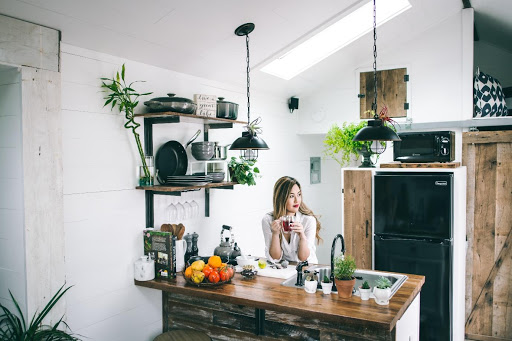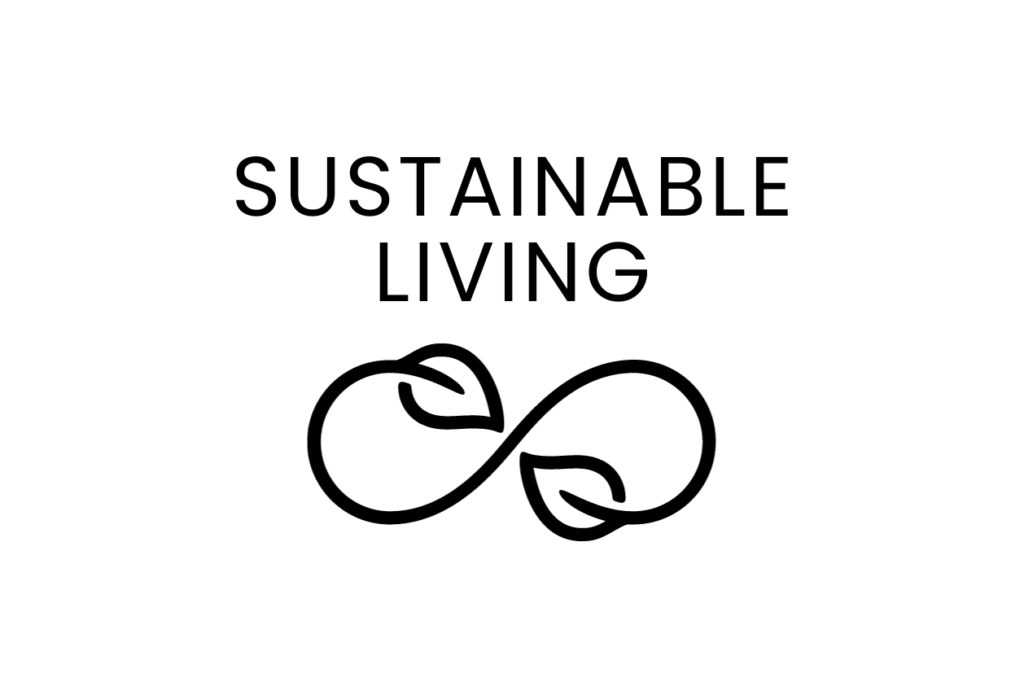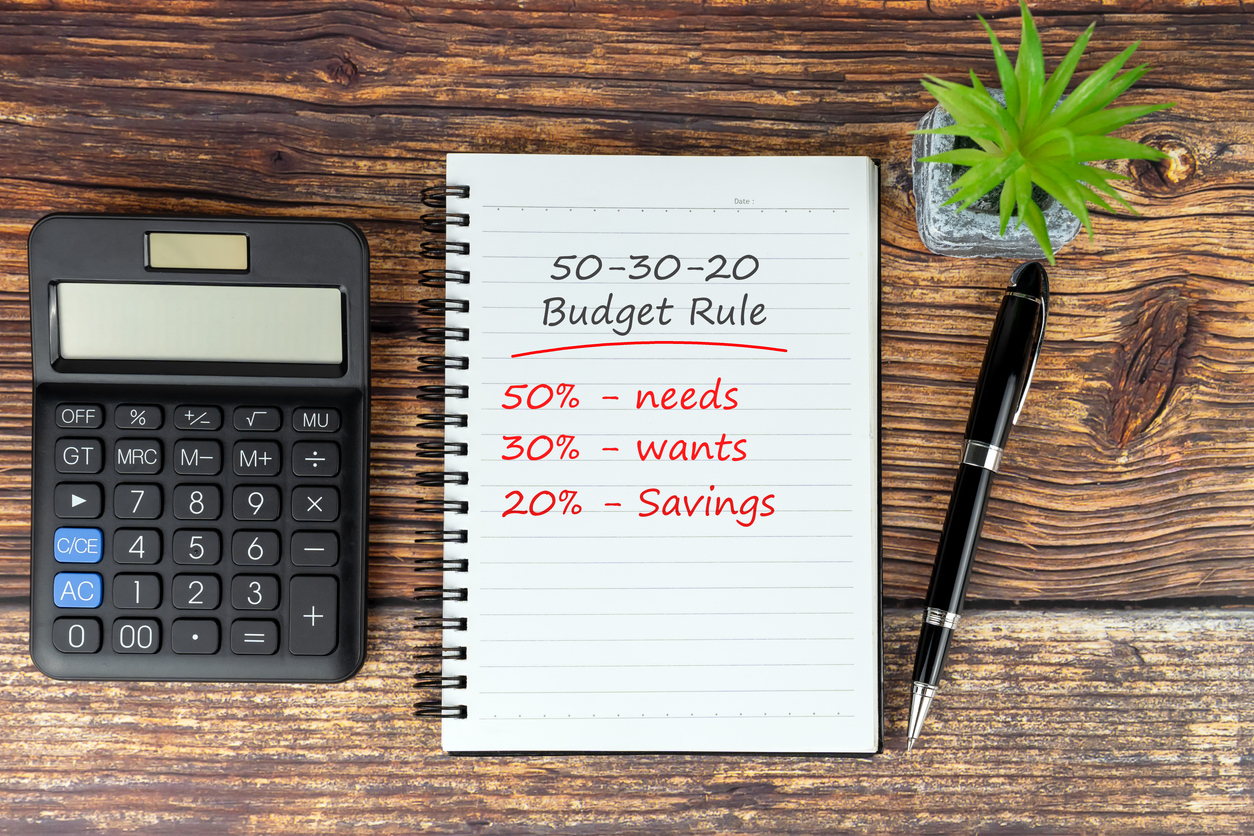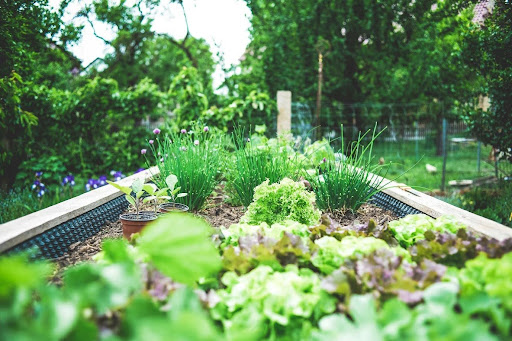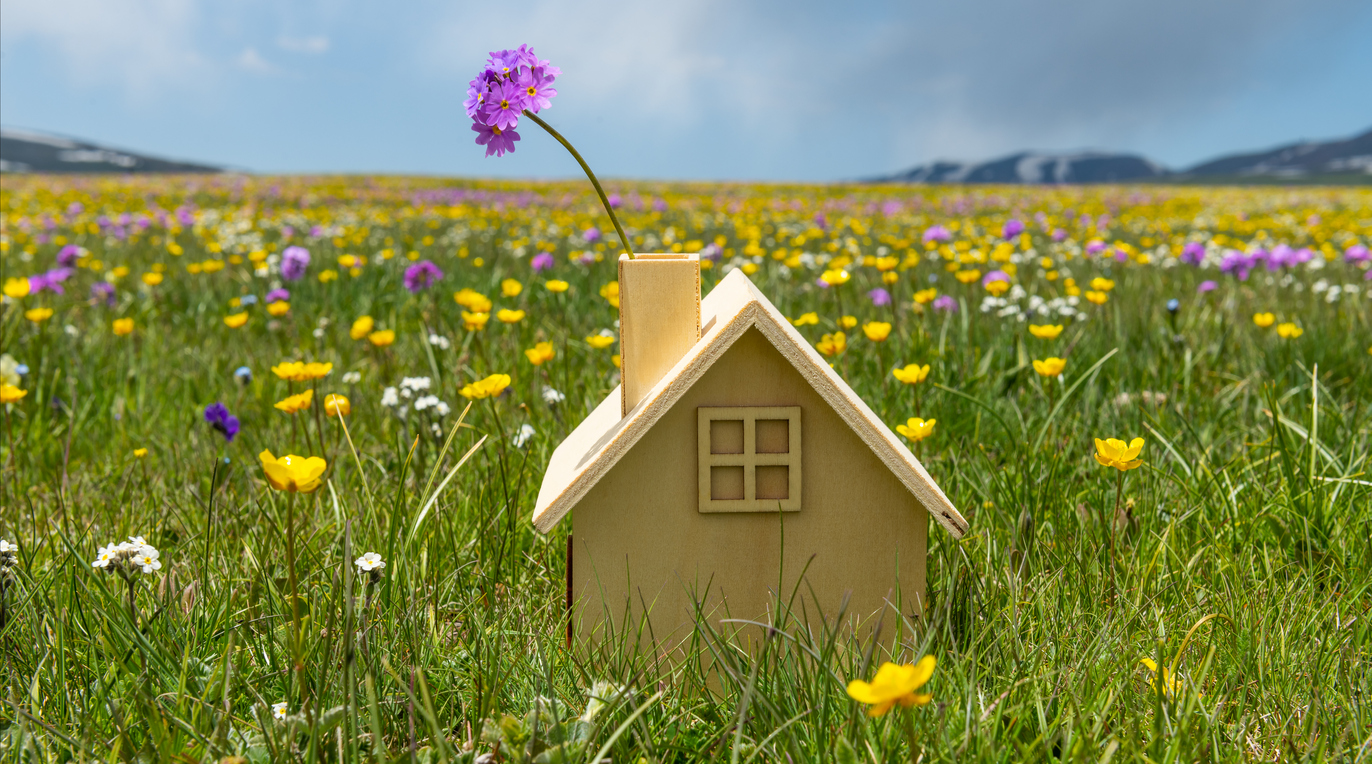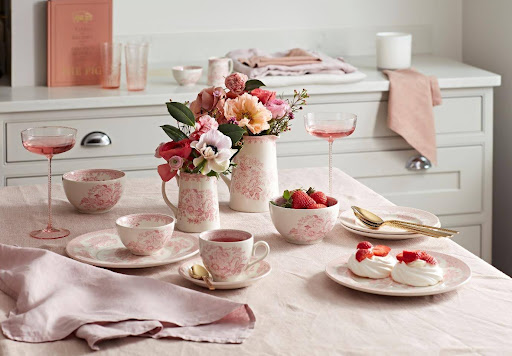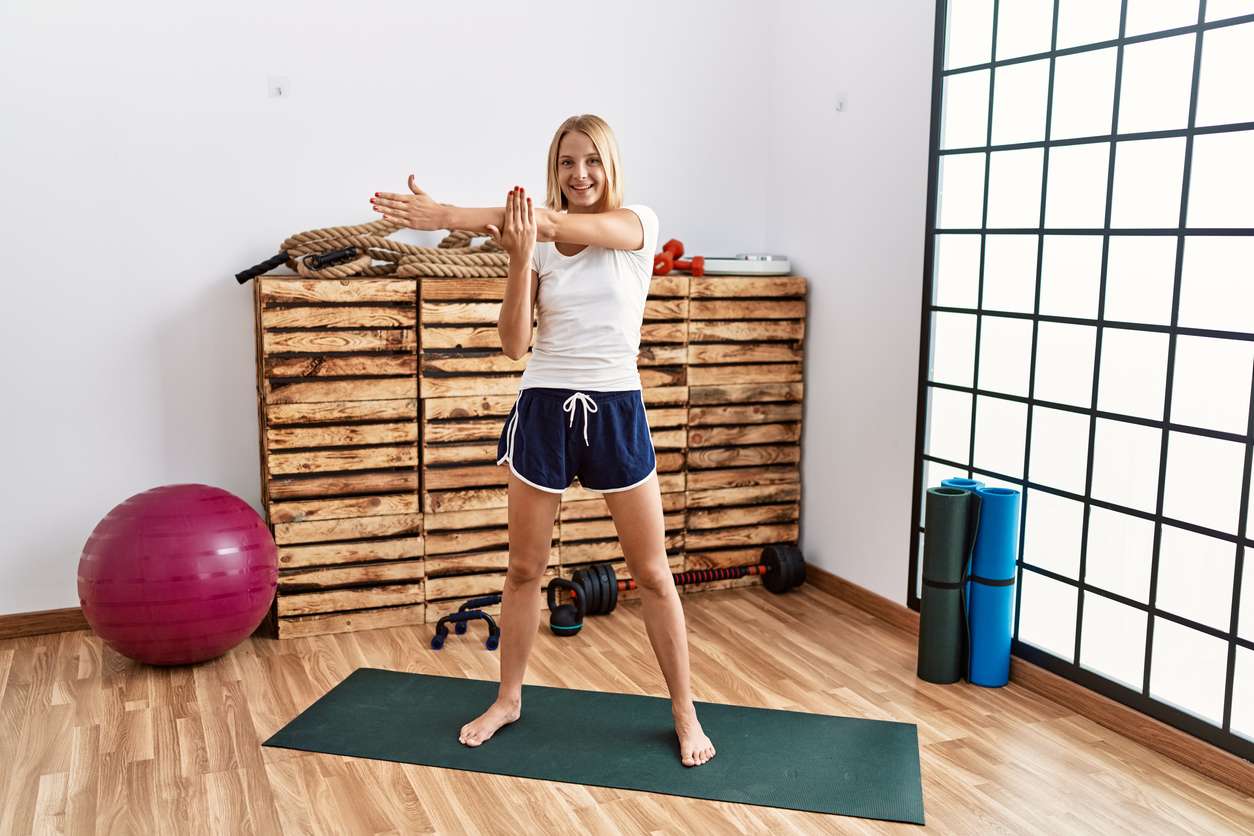Sunstainable Home Décor: 5 Eco-Friendly Material Swaps: We are all becoming increasingly aware of the need to be doing more to reduce the environmental impact our lifestyles. You may have already bought a reusable water bottle that you refill throughout the day, instead of buying plastic single-use versions. You probably have a stack of reusable shopping bags that you take with you on each supermarket trip. You may have started cycling to work, rather than taking the car. However, have you considered that the way you decorate your home could also affect the environment?
The home décor materials you choose to use all come with their own environmental footprint. So, if you’re looking to live a greener life, it’s worth putting plenty of thought and research into choosing furniture and decorative pieces that are going to be as eco-friendly as possible. Here, I’m going to outline four material swaps you can make with this in mind.

